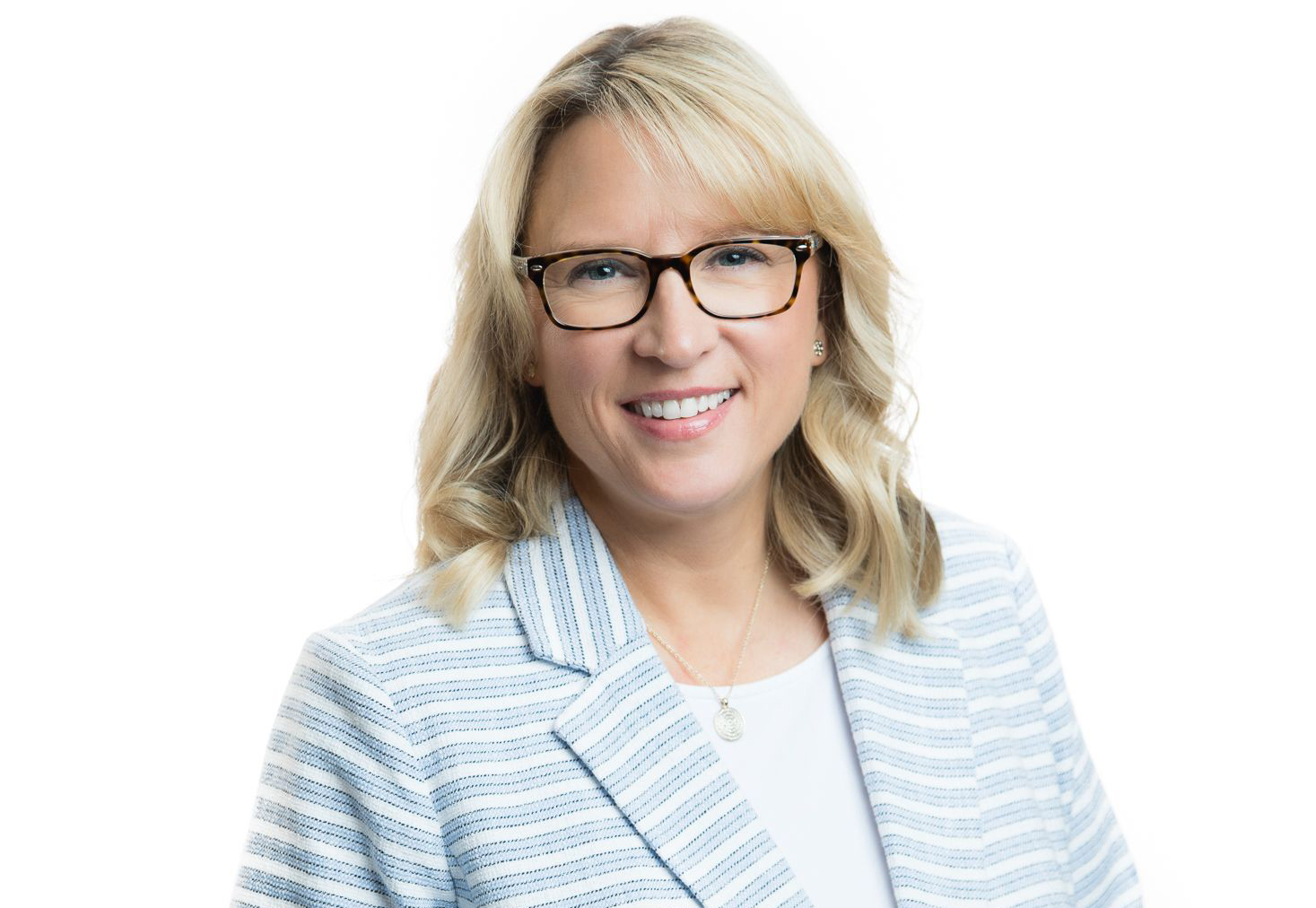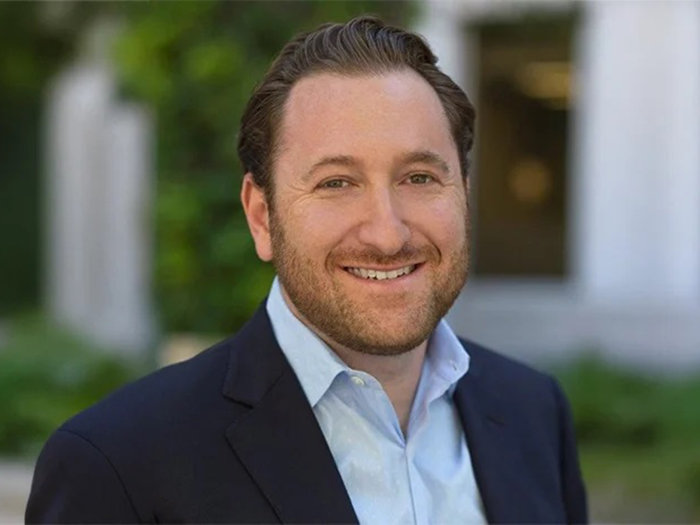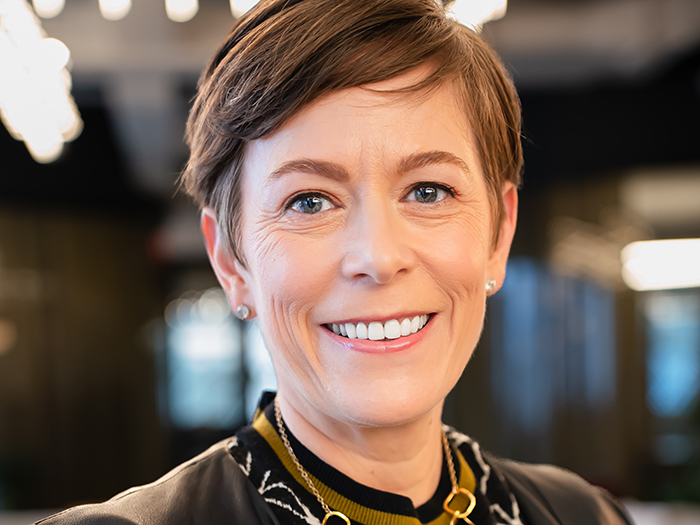Sponsored: State of Vermont
Vermont’s Captive Industry: The Best Career Path You’ve Probably Never Heard Of
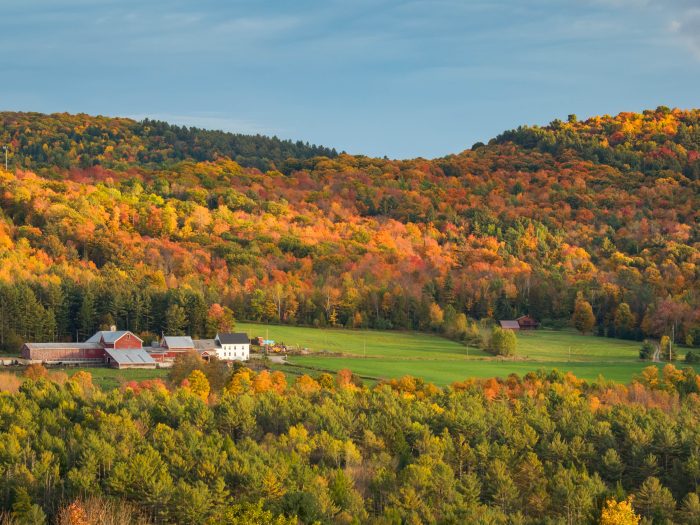
When it comes to attracting and retaining talent, leaders of the Captive Insurance Industry in the State of Vermont think they have a great story to tell. After all, what’s not to like about an industry where the average salary is $91,000 per year, job stability is substantial, you get to interact with business leaders across a wide spectrum of industries, and you’re mere minutes from great hiking, fresh farm food, and snowboarding, no matter what doorway you walk out of.
Be that as it may be, present realities are that finding qualified people to take existing positions is a struggle across the U.S. economy. And insurance, specifically captive insurance, is no exception.
Brittany Nevins, the captive insurance economic development director for the State of Vermont, is convinced though, that it’s just a matter of getting the word out to the right people, and Vermont will never lack for captive insurance talent.
Risk & Insurance conducted a webinar with Nevins and service providers in the Vermont Captive Industry. This article is based on that conversation, which you can find here.
A captive, for those who don’t know, in a nutshell is when a company creates its own insurance company for its own risk. Instead of paying insurance premiums to commercial insurers, companies pay those premiums into their own “captive,” manage their own risks and pay their own claims. Better control over their own program and the opportunity to realize investment returns on premiums paid in are just a couple of the business advantages of owning a captive.
An Industry that Directly Benefits its Host State

Brittany Nevins, Captive Insurance Economic Development Director, State of Vermont
Nevins thinks working with captives in Vermont is a great career. One benefit statewide is the positive economic impact the industry, now in its 40th year, has had.
“According to an economic contribution study put out by the State of Vermont in 2019, the captive industry contributes to more than 400 direct jobs for Vermonters with great benefits,” Nevins said. “Not only do you get to live in this incredible state while connected to a global economy with a good work-life balance, but you also make a great salary and can live your life without financial stress.”
The Vermont Captive Insurance Association is the largest captive insurance organization in the world. Through its Emerging Leaders Group, the VCIA is dedicated to doing a better job of publicizing the benefits of a career in captives and why Vermont is the very place to have that career. Nevins said as part of that effort she is networking with colleges and universities to make sure more students understand what a career in captives entails, and why it can be such a great career choice.
“We’ve been celebrating our 40th anniversary,” Nevins said. “This year I’ve been trying to highlight not just the past, which is really important, but to also imagine the future of this industry,” she added.
Young Professionals Who’ve Found a Home

Michael Rubalcaba, Account Manager, Strategic Risk Solutions
For Michael Rubalcaba, a Vermont based account manager with Strategic Risk Solutions, it’s not a matter of the captive insurance industry needing to reinvent itself. It just needs to make a focused attempt to educate young people about the advantages the industry offers. After all, not many people enter college with a career in insurance or captive insurance as their first career choice.
“I don’t think the industry needs to change at all,” Rubalcaba said.
“I think that people who get involved in the industry tend to stay and innovate,” he said. “The problem I see is the lack of knowledge of the captive industry as a whole.”
“I think as the industry continues to grow, connecting at the university or college level is the key to success and sustainability. The industry offers strong careers and unlimited advancement opportunities. I think it’s just a matter of getting the word out there and educating the young workforce on what’s available to them,” he continued.
Like many in the insurance industry and the captive insurance industry, Katie Haining, the assistant risk manager for the University of Vermont, came to the industry by happenstance. After graduating from the University of Vermont, she took a job with a law firm in Burlington that provided legal services to captive managers. With the help of mentors, she soon found herself managing higher education risk retention groups.
“It felt like a logical next step to move into a risk management role where I could apply my claims and insurance knowledge,” she said.
Haining loves her career and thinks it’s just a matter of letting more people know about it for Vermont captives to continue to attract the talent they need.

Katie Haining, Assistant Risk Manager, University of Vermont
“We didn’t really know much about the captive industry early on in our education,” she said. “There needs to be a focus on making students aware of how great an opportunity there is in this industry and that there are a large number of jobs related to the captive industry right here in Vermont.”
Letting college students know about captives is exactly how Maigh Wright, an actuarial consultant and vice president with Marsh Captive Solutions, came to work in this industry. Wright was born in Northern Vermont, but it wasn’t until she was studying mathematics and statistics at the University of New Hampshire that a professor mentioned the actuarial career path to her.
Actuaries are the data-focused professionals in insurance that determine whether a given insurance company is charging the right amount of premium and holding the appropriate amount of reserves to take on a risk.
It was only a matter of time until Wright had taken and passed the exams that credentialed her as an actuary.
“Overall, I work with a range of companies and a range of industries,” she said.
“What I find engaging is the variety of work I get to do on a day-to-day basis,” she added. “I enjoy getting to work with risk management departments for large corporations and smaller companies across so many different industries.”
The breadth of that interaction also appeals to Nevins, who although she is new to her role, is relishing the challenge of marketing an industry that has earned her respect.
“Vermont is number one as far as licensed captives go in the nation and third globally,” she said. “I have this really great opportunity to interact with businesses around the world that wouldn’t normally have a connection to Vermont.”
Consistent, Innovative Industry Regulation
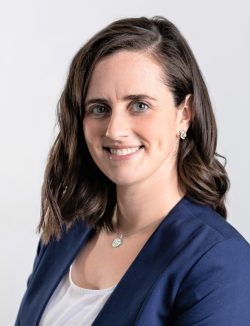
Maigh Wright, Actuarial Consultant and Vice President, Marsh Captive Solutions
One key to the stability of the Vermont captive industry is the long tenure of its regulators.
“We have a really stable department and low turnover in leadership and throughout the department,” she said.
“There is this great culture of innovation and creativity and collaboration that I think is really unique as you compare it to other departments in the country,” she added.
There are endless job possibilities within the captive industry in Vermont and one thing is for certain, once you go into this industry few people ever want to leave.
For more information about Vermont Captives, or to explore an internship with a company managing captives in Vermont, please contact Brittany Nevins directly. Her contact information can be found at vermontcaptive.com.
This article was produced by the R&I Brand Studio, a unit of the advertising department of Risk & Insurance, in collaboration with State of Vermont. The editorial staff of Risk & Insurance had no role in its preparation.





